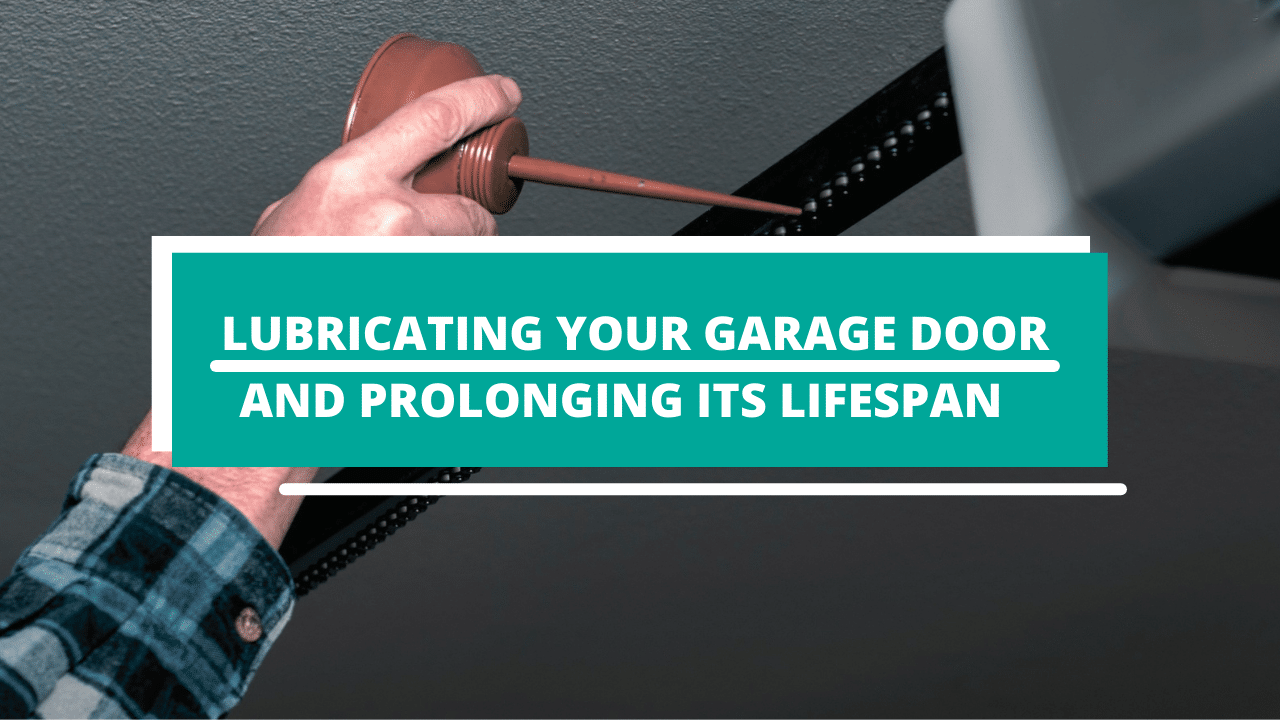Have you ever fallen victim to the blood-curdling cry of a garage door in action? These appliances release this sound whenever their owners have failed to lubricate them properly and consistently. With 63% of homes housing a conjoined garage, the chances of experiencing this unfortunate sensation remain entirely too high.
If you’re hoping to salvage what remains of your eardrums, consider lubricating your garage door on a regular basis. Even annual maintenance can make all the difference. Greasing the five key points of the door can extend its lifespan, ease its movements, and silence its activity.
For those unfamiliar with the activity, lubrication could seem like a task meant solely for professionals. However, learning how to do so as a homeowner can spare your schedule and your bank account alike. Why don’t we study the logic behind these actions to demystify their intimidating nature and make them appear accomplishable instead?
How to Lubricate Your Garage Door
No matter how much information one understands about the importance of lubrication, this knowledge will matter little without application. Heading into routine garage maintenance with a plan can make this process as painless as possible. (Related: Garage Door Maintenance: Tips To Avoid Costly Service Calls)
First, ensure that the garage door remains closed throughout the cleaning process. Shut it yourself and then shut down the power to its opener. If there is no electronic opening device, consider locking the door down by hand. Soak a rag in hot water and wring it out until it’s damp. Wipe down the outside of the tracks to clear out any lingering dirt and debris.
Resist the temptation to lubricate the tracks themselves. If you notice any grime accumulating along this area, apply automotive brake cleaner instead.
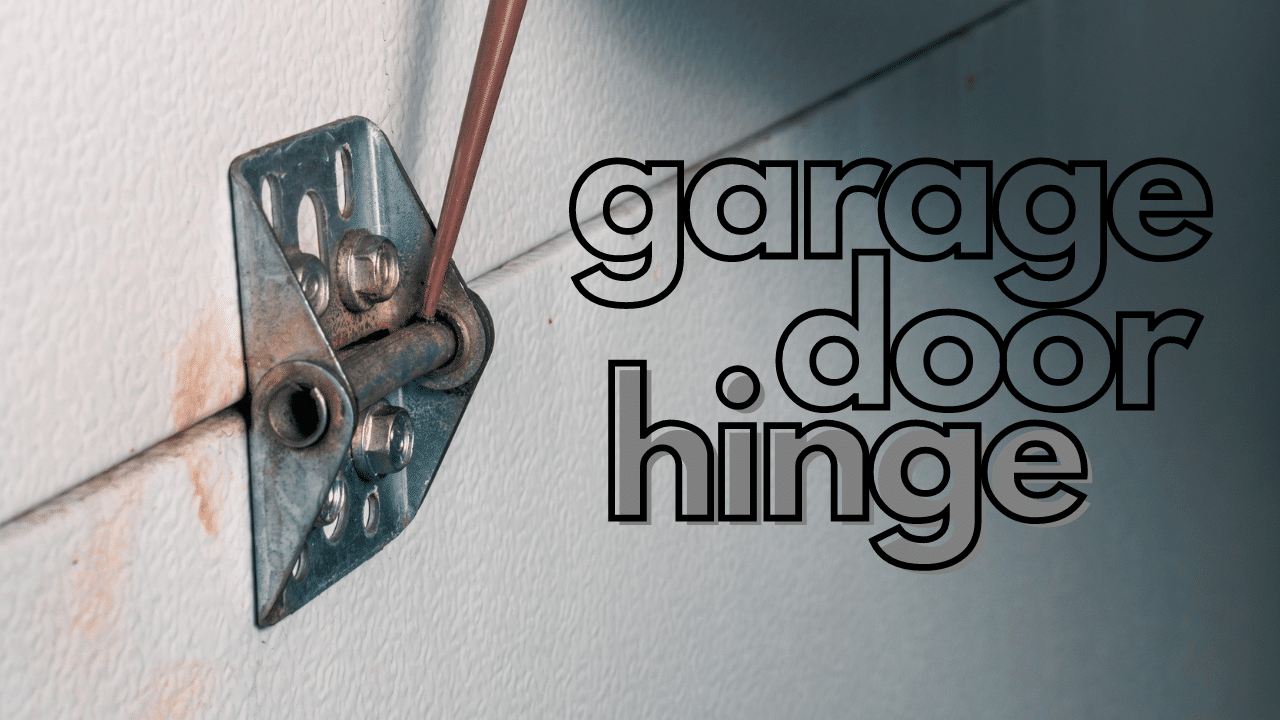
With the cleaning concluded, power the opener back up and lift the door once more. Locate where the hinges meet the bend of the track and apply lubricant thereabouts.
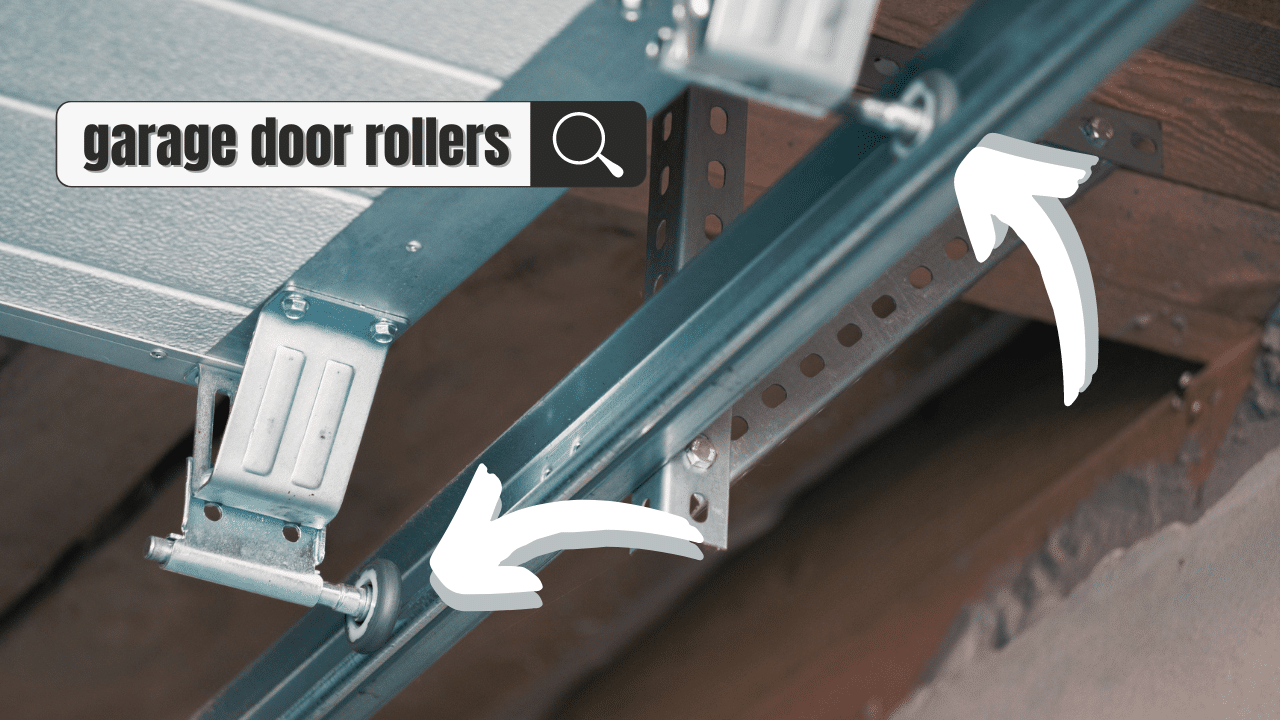
Next up, the rollers, lodged into the top of the curved portion of the track. Lubricate each of these along with the ball bearings included therein. Avoid applying lubricants to any nylon rollers, however, as they are naturally sealed and don’t require additional aid. Once the lubricant has been applied to this area, wipe away any excess amounts leftover. Any visible surplus can create an imbalance in the door’s movements.
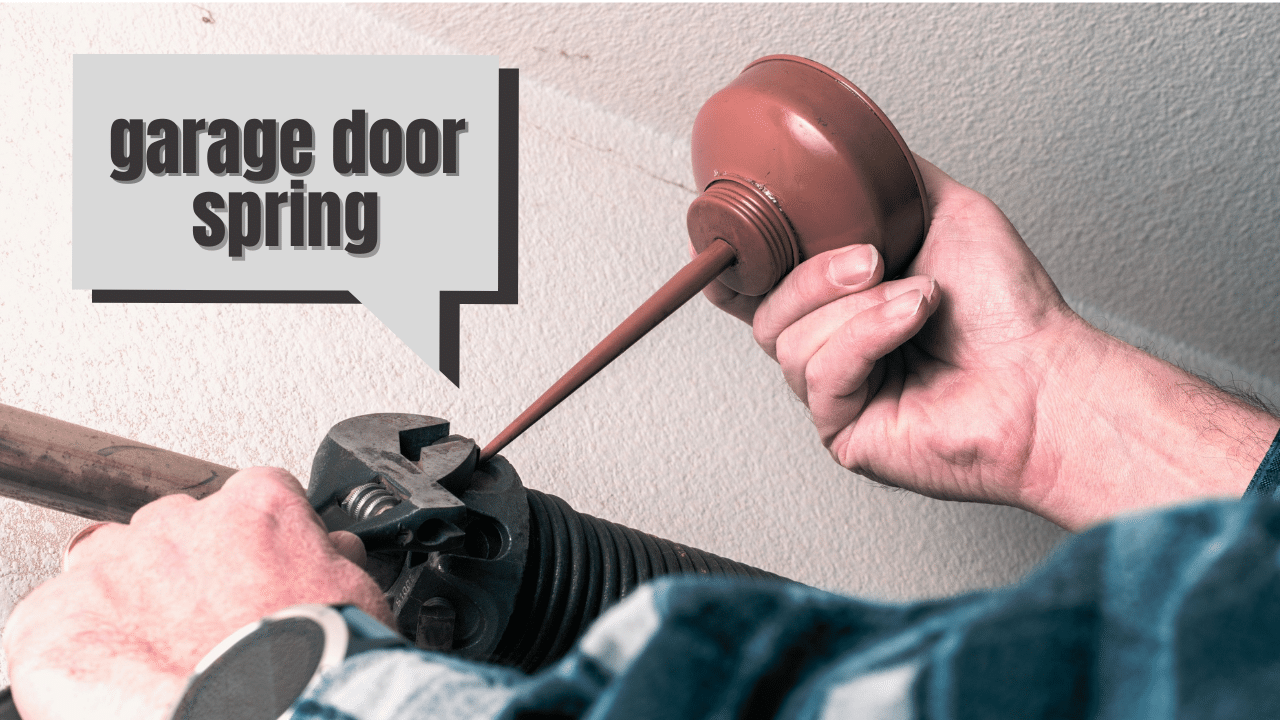
Move on thereafter to lubricating the springs and the bearing plates, also at the top portion of the door. Opening and closing the door throughout this process will allow for an even distribution of the lubricant.
If your door comes with an armbar and a lock, don’t forget to lubricate them too – keyhole included. A well-oiled lock will make securing your garage swift and seamless.
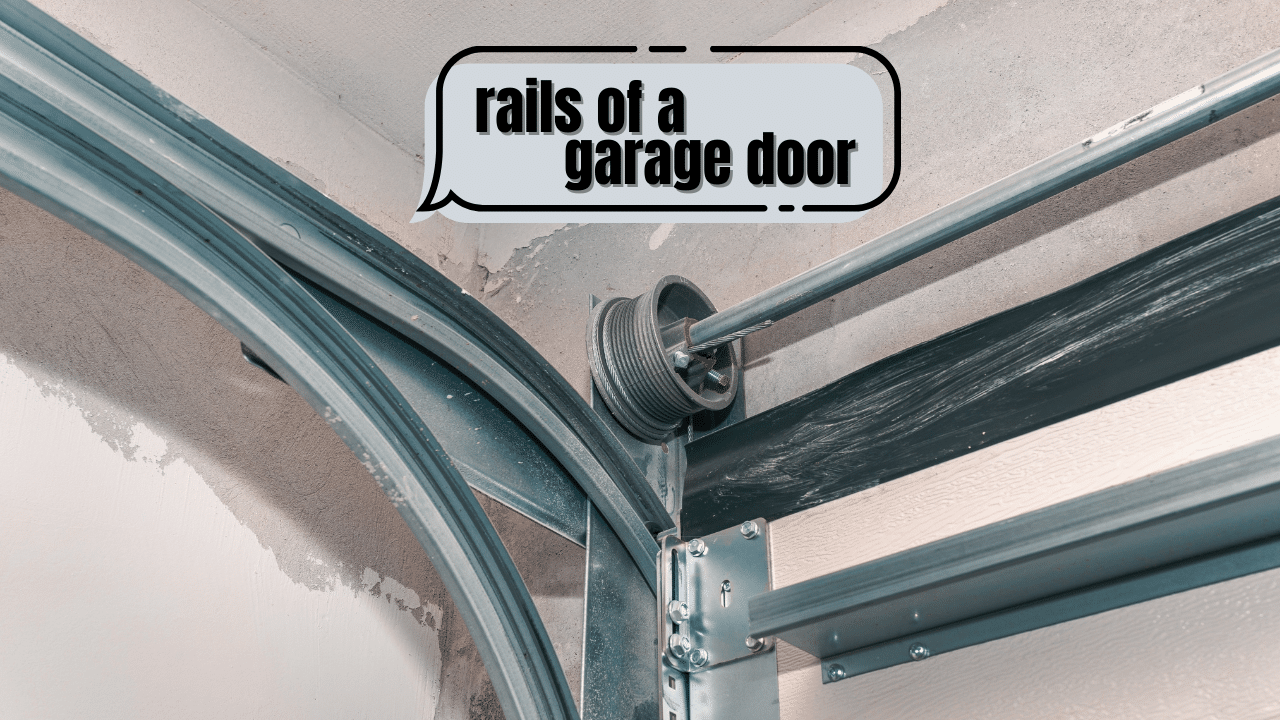
There’s only one step left: lubricating the top of the rail. If you’re unfamiliar with the garage rail, look for the mechanism that holds a chain. Use your rag to grease this area thoroughly without oiling up the chain itself.
With all aforementioned stops completed, you can rest assured that your garage will keep quiet and last longer. But, given the work required to bring this to pass, you might be wondering whether it’s worthwhile.
Why Lubricate Your Garage Door
Lubrication benefits both who applies it and what it is applied to. While the lubricant saves applicants from damage to their eardrums, it rescues the appliance from damage to its very structure. If you’re hoping to spare your senses and finances alike, then don’t forgo greasing up your garage door.
No one wants their garage door to welcome them with a grating shriek every time they open it. Without the proper lubrication, each portion of the door’s mechanism will scrape against one another. The ear-splitting noise produced from metal-on-metal contact can alarm animals, damage eardrums, and even cause headaches.
Applying lubrication does more than smooth out transitions – it keeps parts protected. Lubricants act as barriers between each piece of the door, keeping them from wearing one another down with each movement. Considering that garage door springs only last an average of 10,000 cycles, homeowners need to conserve their condition.
Should the springs require replacement, they can run homeowners between $100 to $300. Compare that to the ten bucks spent on a can of lubricant per year and the decision makes itself. If the door falls into disrepair within the span of its warranty, contact a professional to replace it. However, keep in mind that most garage door warranties only last 3 to 5 years. With most Americans living in their homes for 13 years, you could require three uncovered replacements.
Forsaking lubrication also invites rust to take its place throughout the various pieces of the door’s mechanism. From springs to hinges, each can succumb to corrosion brought about by the onset of rust. With lubrication, the moisture that creates rust cannot settle atop the metal, thus protecting each part.
Where to Lubricate Your Garage Door
Given the amount of metal embedded in every garage door, it’s no surprise that each piece requires substantial lubrication. Understanding where to focus your efforts can save valuable time and resources.
When to Lubricate Your Garage Door
Stop and ask yourself: how many times do you utilize your garage on a daily basis? For anyone commuting to and from work, that would require at least two uses per day. Yet each and every departure and return damage the endurance of that door.
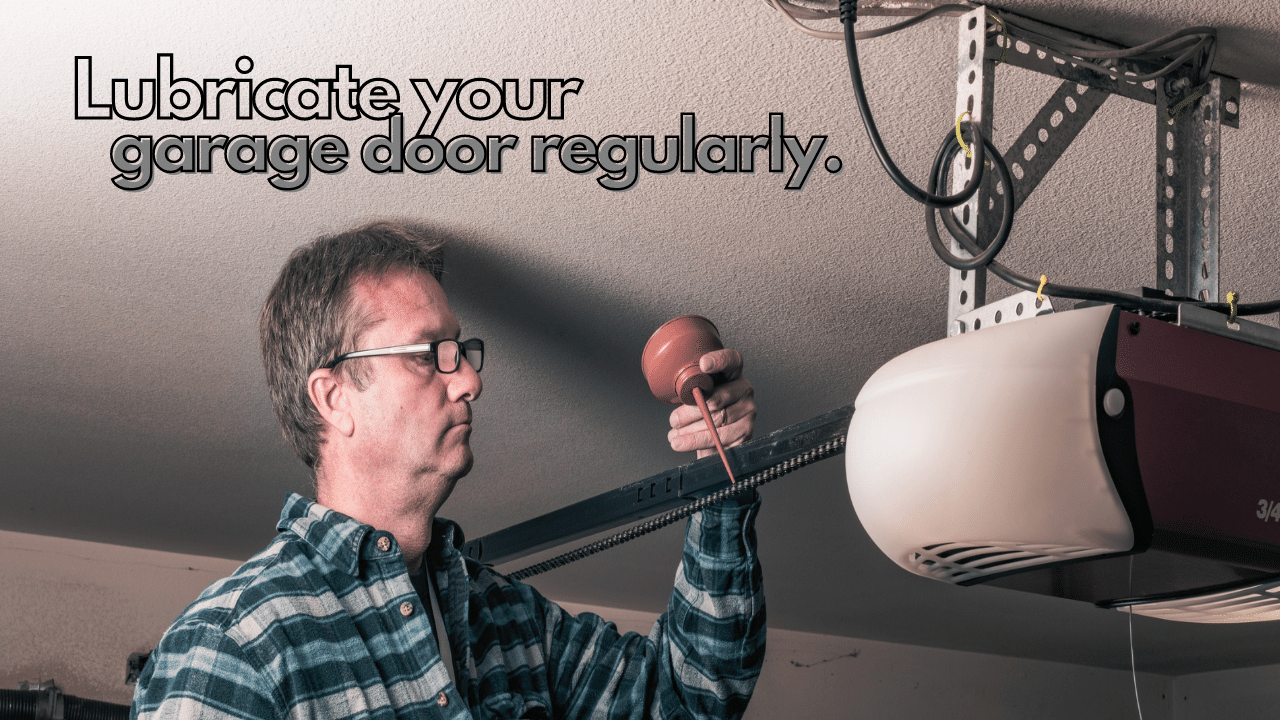
The average American homeowner enters and exits their garage 1000 to 1500 times per year. With such a high usage rate, garage doors require consistent upkeep to maintain their performance. If nothing else, every homeowner should lubricate their garage door at least once per year. Any consistent travelers or multi-vehicle families should consider doubling that to accommodate for their extra utilizations.
Any notable groans or grumblings from the door otherwise can solicit an additional touch-up. Applying a small amount of lubrication, in these cases, should stop any noises. If they persist, however, consider contacting a specialist immediately to prevent further damage. Do you live in a coastal area or own a vacation house down the shore? Remember that salt air deteriorates materials all the sooner. That means any garage doors attached to seaside houses require twice as much upkeep.
No matter your location or usage, refrain from scheduling maintenance check-ins during summer or winter. The extreme temperatures at these times of the year can diminish the effectiveness of lubricants. Instead, consider lubricating the garage door whenever the rain stays away during the spring or autumn. Their moderate climates can better accommodate lubricants without shortening their lifespan.
What to Lubricate Your Garage Door With
Every process requires the necessary tools in order to ensure its success, and lubrication demands specific materials. Make sure that you have, at the least, a fresh rag to apply water and lubricants to. With the fabric secured, all you need is to select the proper lubricant.
While countless potential solutions exist, only one provides everything a homeowner needs: white lithium grease. Applying the grease dissipates any friction between bearings, springs, or hinges. This lubricant also creates a layer of protection that thwarts any incoming liquid, keeping rust at bay.
However, if you find yourself without the opportunity to purchase white lithium grease, an applicable substitute will do the trick. Consider obtaining Teflon or silicone-based spray lubricants instead.
No matter what you utilize, steer clear of WD-40 products. As the name suggests, these “Water Displacement” solutions work better as cleaning agents than lubricants. They may work for a short while, but their effects fizzle out soon after. Instead of utilizing WD-40 as a lubricant, consider using it to clean the surfaces before lubricating them. A combination of WD-40 and white lithium grease can keep any garage door in perfect condition for years to come.

